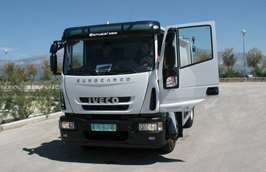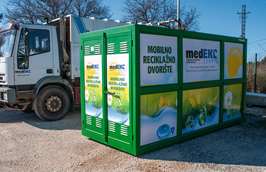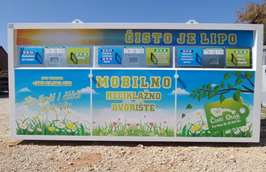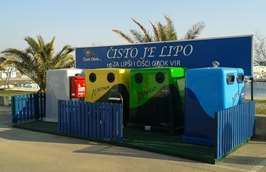UTILITY EQUIPMENT
In accordance with the Ordinance on waste management (OG 23/14, 51/14), a primary container refers to the following: a receptacle, bin, canister, skip, barrel, box, bag, and other suitable receptacle that prevents scattering, spillage, and/or discharge of waste into the environment, and which is generally called utility equipment.
Every citizen is obliged to sort the waste according to its type and properties, meaning to sort the waste in their household (separation of waste at source).
Units of local self-government are obliged to provide to each citizen the possibility to separate waste at source in the manner that complies with the Waste Management Plan of individual units of local self-government, meaning by placing suitable receptacles, bins, containers, bags in/in front of/next to the place of residence of the user of the service of collection of mixed and biodegradable municipal waste.
In the units of local self-government where the citizens live in residential buildings higher than 2 floors i.e., in towns and densely populated rural areas, it is recommended to place at least one bin for each waste fraction, meaning for paper, glass, plastics, and at least one container for mixed municipal waste.
MUNICIPAL VEHICLES
A component part important for the functioning of the system are municipal vehicles for collecting the waste produced by the users of the public service of collection of mixed (solid) and biodegradable municipal waste and transporting it to designated landfill or treatment facility.
Waste has to be collected with a vehicle fitted with the equipment that prevents the scattering, spillage, or discharge of waste, as well as dispersion of dust and unpleasant odours. The vehicle used to collect the waste may be fitted with the equipment which reduces the volume of waste while retaining the mass and type of waste.
The Fund is co-financing the purchase of utility vehicles equipped for performing utility activities of waste collection and transport, which can also be equipped with the system for vehicle identification in terms of charging the fee for utility service of waste transport per volume or mass, in the cases where this system is being introduced
.










